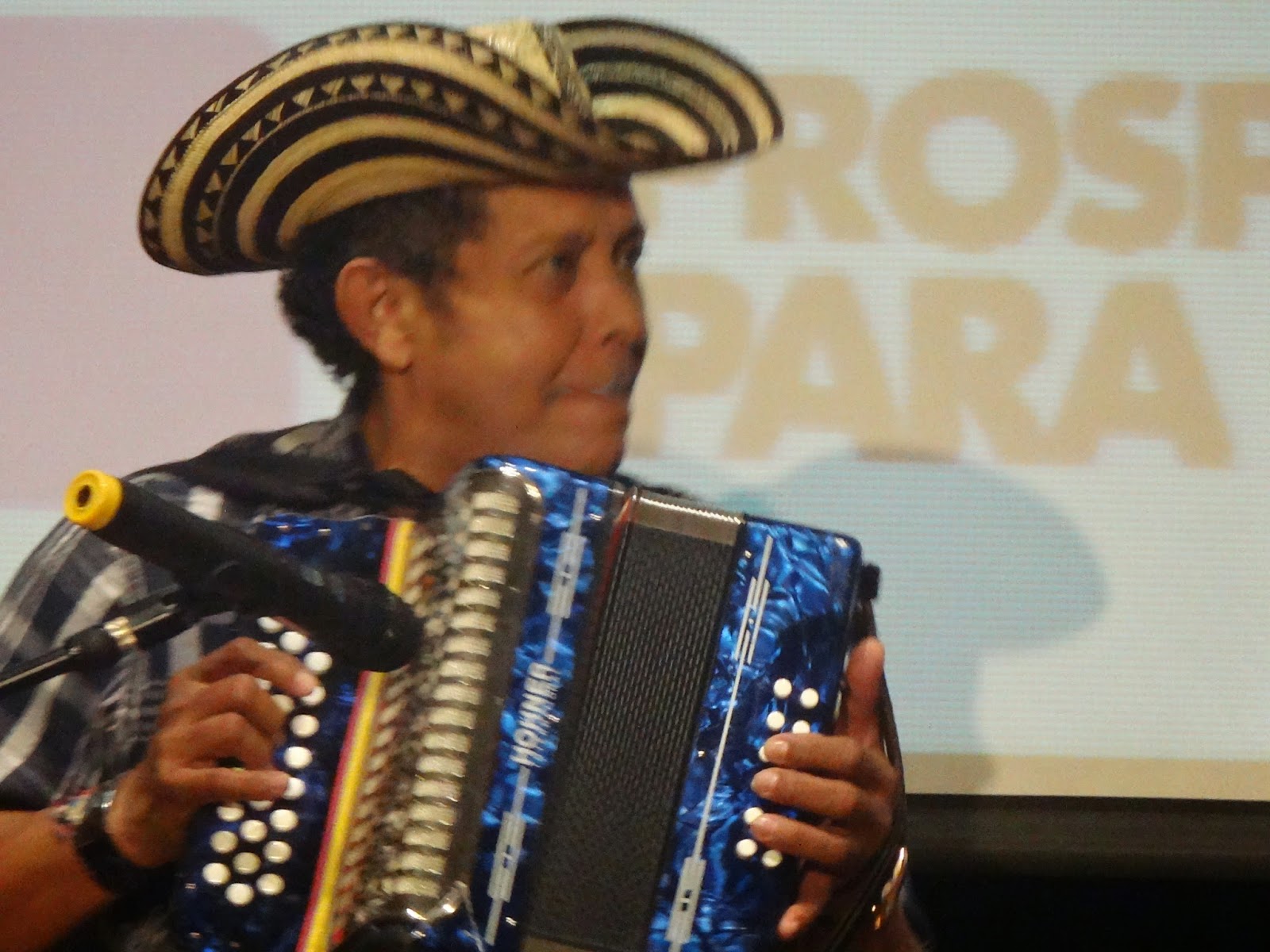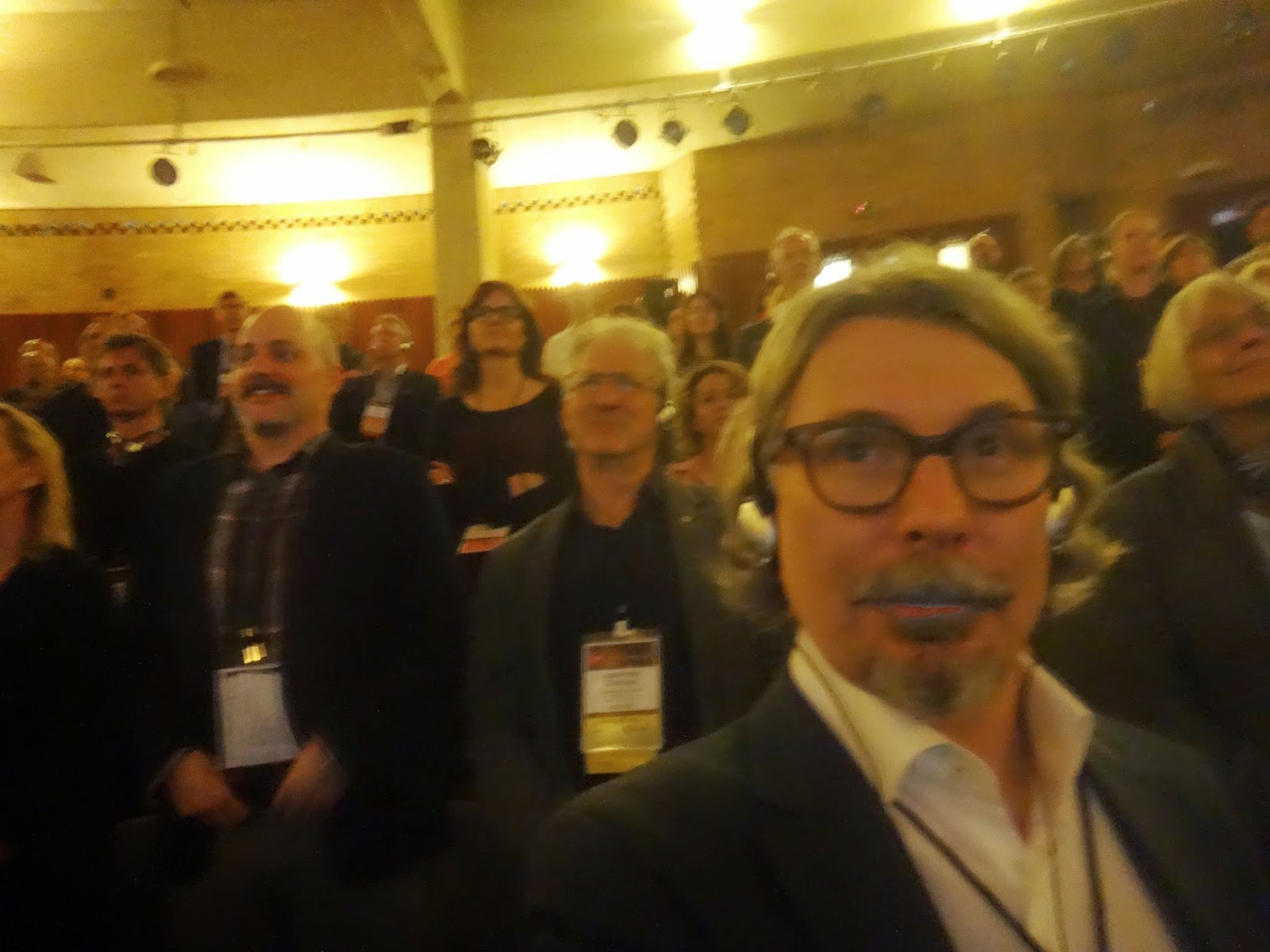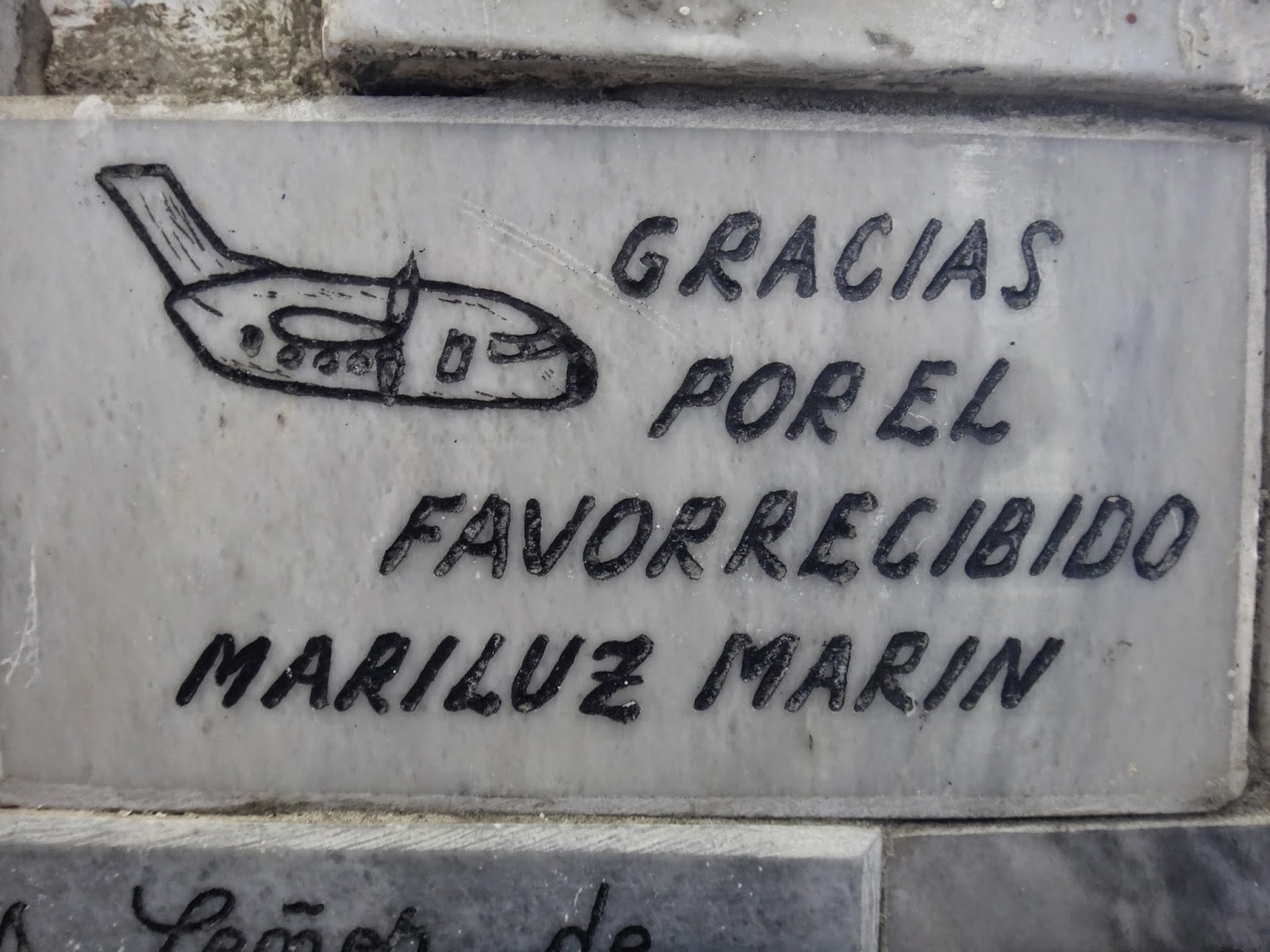These are words I heard over and over from Colombian
artists. The idea that one of the main functions of theatre, of culture in general in a time of
extremity, upheaval, persecution or violence, is to remember who you are, what
is possible, and to resist the loss of identity, the loss of possibility.
Carlos Vives - opening act for ISPA Bogota
AMAZING accordionist
The conference (ISPA Bogota) began with a speaker stating that “the
performing arts have a political meaning”. I doubt a Canadian theatre
conference would begin with this sentiment. She then went on to say that art
generates collective memory, and that it is in the environment of art where we
understand one another. And that - along with a rocking musical tribute to Colombia from Carlos Vives - began the ISPA 2014 Bogota congress.
ISPA Bogota begins
Over the next week, there is much to be inspired by.
With respect to memory and resitance, I hear an
artist/speaker from the Palenke people (descendents of escaped slaves in
southern Colombia) speak of their dances and songs as cultural resistance. I hear a rapper from the streets of Medallin speak of the crew
and then the school he started to teach kids streetdance and rap, to give them
an alternative to drugs and death. “Shed the skin that makes us fearful to
become warriors, warriors in art”, he said. His crew, Crew Peligrosos, is famous and ultra-cool.
One of the founders of Crew Peigrosos, Medallin
Bamboo
I hear a founder of the most famous political theatre in
Bogota – La Candelaria – speak of the most effective resistance being like bamboo,
moveable and rooted. I hear another rapper - El Poeta - whose catalogue of loss was
enormous – speak of bamboo, as well. But this time he used the metaphor to
express the idea of perseverance despite loss: “A bamboo plant takes 80 years
to develop deep roots, but once rooted, it takes only 2 years to grow as high
as a building”. He was simply called “The Poet”. He free-styled at his panel,
and the audience went wild.
Rapper "El Poeta"
Transformation through Art
ISPA hosted some speakers who are transforming lives through
art around the world.
Panel on Transformation
Feeling Through Music
I listen to a violinist who is a product of classical music
schools embedded in poor neighbourhoods throughout Colombia. He said he never
smiled before music (his childhood was horrific), but thanks to music, “I
learned to experience my feelings”. This awakened a desire in him to bring
happiness to others with the music he now plays. He played for us, and smiled.
The Youth Orchestra of Afghanistan
I listen to a man from Afghanistan who founded a youth orchestra in Kabul. This orchestra teaches listening, he said, and the
importance of working together. Beyond this teaching, in Kabul, 50% of
enrolment in the youth orchestra is reserved for orphans. Girls are enrolled.
The student association is chosen through elections – so democracy-training is
part of the process. And this orchestra was the first to play music (which was
banned by the Taliban), in the presidential palace in 30 years.
Felicity, from Circocolombia
Circuses, Orchestras and Theatres: Reconstructing Life
I listen to a woman who co-founded a circus school in
Colombia - Circolombia. I listen to a woman who turned an old bordello into an arts centre
in Medellin. I listen to a man in Sao Paolo, Brazil, who founded a series of
classical music schools which now has over 15,000 students, and that partners
with institutions like Juilliard, the Sage Gateshead and others in Paris and
Berlin. I hear about a company in Rome that works with refugees and vicitms of
torture – that uses theatre to help them reconstruct meaningful lives. “Theatre is an efficient direct
instrument for pscho-social reintegration”, she said.
The Circus Doesn't Give, it Demands...
Felicity, the woman from Circolombia, says that circus doesn’t
give, it demands – and therein lies its value. Students learn the importance of
solidarity and collaboration. As evidence, I hear from an acrobat who found a
life in the circus and an astonishing set of skills (we watched a video of his
acrobatics on an elastic tightrope - impressive).
The Right to Exist
Why does art work to rescue? To reintegrate? How do the
downtrodden find their way into Art? This question is asked by a German
moderator. “The stage is a very special place,” says one artist. “There is
power in the autonomous voice one finds on the stage”. “Belonging,” says another.
“The moment when a person feels the right to exist,” says the woman who works
with torture victims, “The moment they feel the pleasure of doing things, this is
powerful”
Powerful. Inspiring. Enormous. Art as the necessary angel of
fractured societies (to borrow from Wallace Stephens, and a renowned Toronto
theatre company!).
















